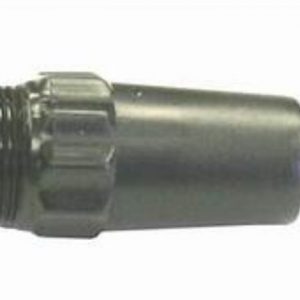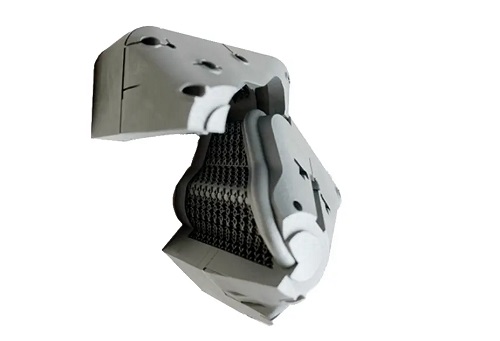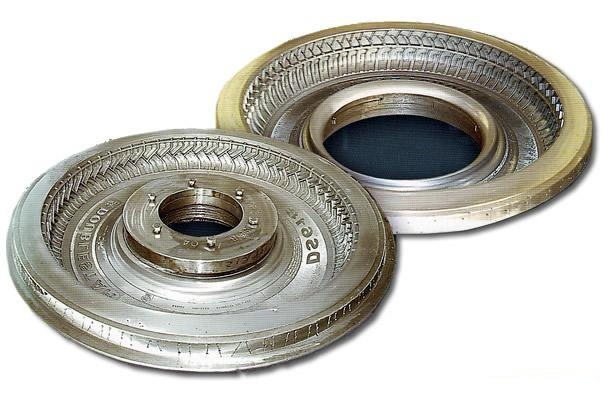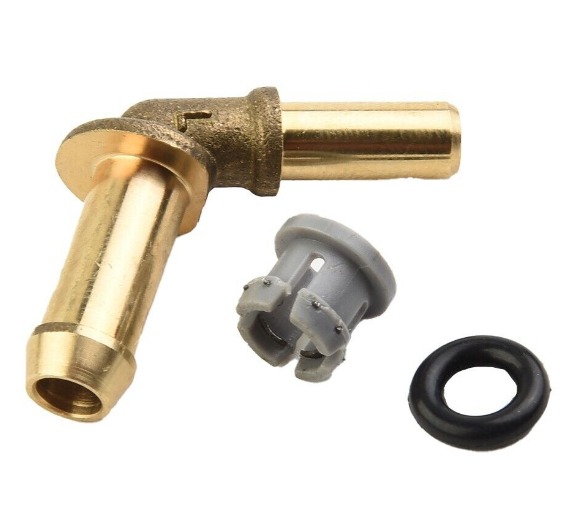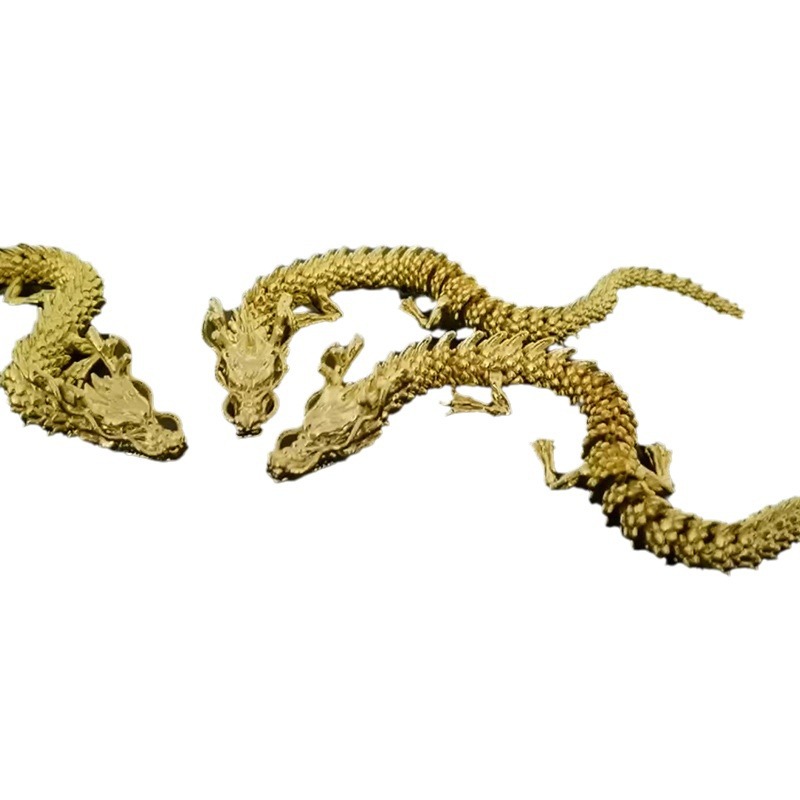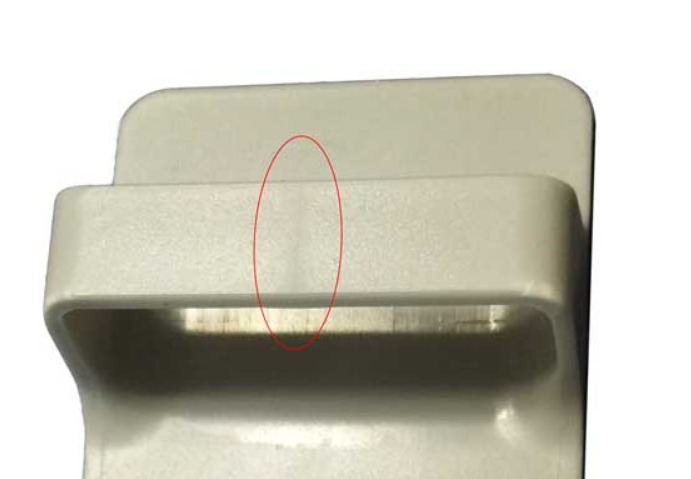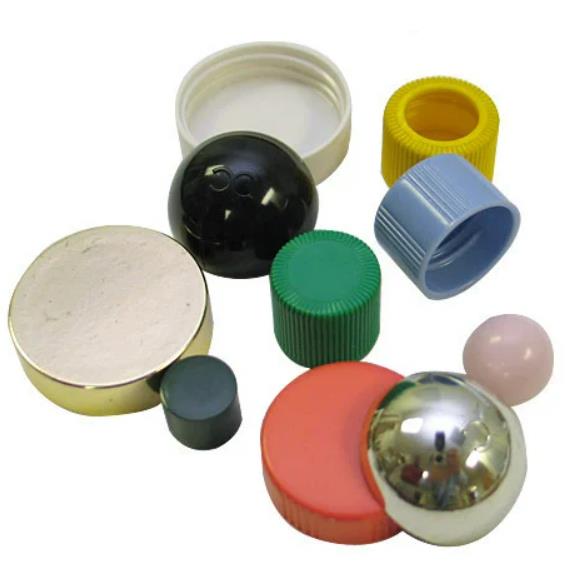Manufacturers and engineers working with aluminum and other metals often grapple with a familiar set of problems: surfaces that scratch easily, parts that corrode in humid or harsh environments, and finishes that fade or dull over time. A consumer electronics casing might lose its luster after a few months, an aerospace component could corrode at high altitudes, or a architectural fitting might degrade from exposure to rain and salt. What’s needed is a treatment that strengthens the metal’s surface, resists corrosion, and offers versatile aesthetic options—all while maintaining the base material’s natural properties. This is where surface treatment anodizing delivers. By creating a protective oxide layer on the metal’s surface through electrochemical reactions, anodizing enhances durability, controls appearance, and extends part life—solving these critical challenges effectively. In this guide, we’ll explore how anodizing transforms metal performance, its key types, processes, and how to leverage it for long-lasting, high-quality results.
Introduction to Anodizing
Anodizing is an electrochemical surface treatment that converts a metal’s surface into a durable, porous oxide layer, enhancing its natural properties:
- Definition: Anodizing is a process that uses an electric current to oxidize a metal surface (most commonly aluminum), forming a thick, adherent oxide layer (Al₂O₃) that is integral to the base material. Unlike plating, which adds a separate layer, anodizing modifies the metal’s surface, creating a bond that won’t peel or flake.
- Historical background: Anodizing emerged in the early 20th century, with the first commercial processes developed in the 1920s using chromic acid. By the 1950s, sulfuric acid anodizing became the standard, offering better control and versatility. Today, it’s a staple in industries ranging from aerospace to consumer goods.
- Basic principles: In anodizing, the metal part (anode) is immersed in an electrolyte solution (e.g., sulfuric acid), with a cathode (often lead) placed in the same bath. When direct current flows, oxygen ions from the electrolyte react with the metal surface, forming a oxide layer. The process thickens the natural oxide film, which is typically just 0.01-0.1 μm thick, to 1-100 μm.
- Industrial significance: Anodizing is used in over 70% of aluminum components requiring enhanced durability or aesthetics. It extends part life by 3-5x in corrosive environments and allows for color customization, making it indispensable in design-focused industries.
- Environmental considerations: Anodizing uses acids (sulfuric, chromic) that require careful handling, but modern facilities recycle electrolytes and treat wastewater to remove heavy metals. Chromic acid anodizing, while effective, is being replaced by sulfuric acid processes in many regions to reduce hexavalent chromium use, aligning with regulations like REACH.
Types of Anodizing
Anodizing offers specialized variants to meet diverse performance and aesthetic needs:
- Sulfuric acid anodizing: The most common type, using a sulfuric acid electrolyte to produce oxide layers of 1-25 μm. It balances corrosion resistance, cost, and versatility, making it suitable for decorative parts (e.g., consumer electronics, jewelry) and functional components like automotive trim.
- Hard anodizing: Produces thick (25-100 μm) oxide layers with high hardness (300-500 HV) by using lower temperatures (0-10°C) and higher current densities. Ideal for high-wear applications such as tooling, gears, and aerospace components, it withstands 100,000+ cycles of friction without significant wear.
- Chromic acid anodizing: Creates thin (0.5-10 μm) oxide layers with excellent adhesion, often used as a pre-treatment for bonding or painting. It’s valued in aerospace for its ability to protect aluminum alloys without compromising fatigue strength.
- Phosphoric acid anodizing: Forms a porous oxide layer (1-5 μm) that enhances adhesion for adhesives and primers. Commonly used in aerospace and automotive applications where strong bonding between metal and composites is critical.
- Integral color anodizing: Produces colored oxide layers (e.g., bronze, black) by controlling process parameters (voltage, temperature) during anodizing. The color is integral to the oxide layer, offering better UV resistance than dyed anodizing—ideal for outdoor architectural components.
- Dyed anodizing: Colors the porous oxide layer by immersing the part in organic or inorganic dyes after anodizing. It offers a wide range of hues (over 100 standard colors) and is used in consumer goods, jewelry, and sporting equipment.
Properties of Anodized Surfaces
The properties of anodized surfaces make the process a top choice for enhancing metal performance:
- Corrosion resistance: The oxide layer acts as a barrier, protecting the base metal from moisture, salt, and chemicals. Sulfuric acid anodizing with a sealant withstands 1000+ hours of salt spray testing (ASTM B117), while hard anodizing resists corrosion in industrial environments.
- Wear resistance: Hard anodizing’s thick, dense oxide layer (25-100 μm) has a hardness of 300-500 HV, 2-3x harder than untreated aluminum (100-150 HV). This makes it suitable for parts like gears and sliding components that experience frequent friction.
- Aesthetic appeal: Anodized surfaces offer a range of finishes—matte, glossy, or textured—and can be colored via integral or dyed processes. Colors resist fading, with integral colors lasting 10+ years outdoors vs. 2-3 years for painted surfaces.
- Dimensional accuracy: Anodizing adds thickness only to the surface (1-100 μm), with tight control (±5%) ensuring parts maintain fit in assemblies. This is critical for precision components like aerospace fasteners.
- Adhesion: The oxide layer is integral to the base metal, with adhesion strengths exceeding 50 MPa—far stronger than plating or painting, which can peel. This makes anodizing ideal for high-stress applications.
- Porosity: The oxide layer’s porous structure (except for sealed hard anodizing) allows for dyeing, painting, or bonding. Sealing (with hot water or nickel acetate) closes pores, enhancing corrosion resistance and preventing dye leaching.
Applications of Anodizing
Anodizing solves unique challenges across industries:
- Aerospace: Hard anodizing protects landing gear components and engine parts from wear and corrosion, while chromic acid anodizing ensures fatigue resistance in airframe structures. Phosphoric acid anodizing prepares surfaces for composite bonding in wings and fuselages.
- Automotive: Sulfuric acid anodizing enhances the appearance and corrosion resistance of aluminum wheels, trim, and engine components. Hard anodizing protects pistons and cylinder liners from friction and heat.
- Consumer electronics: Anodized aluminum casings for smartphones, laptops, and wearables offer scratch resistance and customizable colors. The matte finish resists fingerprints, maintaining a clean appearance.
- Construction: Architectural components (window frames, handrails, facades) use integral color anodizing for durable, UV-resistant finishes. The corrosion resistance ensures longevity in coastal or industrial areas.
- Medical devices: Anodized surgical instruments and implants (e.g., orthopedic plates) resist corrosion from sterilization chemicals and bodily fluids. The smooth surface prevents bacterial buildup, enhancing safety.
- Sporting goods: Anodized bike frames, golf clubs, and fitness equipment combine durability with vibrant colors. The wear resistance ensures the finish lasts through rigorous use.
Anodizing Process and Equipment
The anodizing process requires precise control to achieve consistent, high-quality results:
- Pre-treatment processes: Critical for adhesion and appearance, steps include degreasing (to remove oils), etching (with caustic soda to create a uniform surface), and desmutting (to remove alloying elements like copper). This ensures a clean, even base for oxide formation.
- Electrolyte solutions: Sulfuric acid (15-20% concentration) is standard for most anodizing, while chromic acid (5-10%) and phosphoric acid (10-15%) are used for specialized applications. Solution temperature varies: 15-25°C for sulfuric, 0-10°C for hard anodizing.
- Anodizing tanks: Made of PVC, polypropylene, or rubber-lined steel (resistant to acids), tanks range from small benchtop units (for jewelry) to large vats (for architectural components). They include cooling systems to maintain temperature control.
- Power supplies: DC rectifiers deliver current densities of 1-20 A/dm², with higher densities for hard anodizing. Voltage (10-20V for sulfuric, 30-100V for hard) controls oxide layer thickness and structure.
- Agitation systems: Air sparging or mechanical stirring ensures uniform electrolyte distribution, preventing hot spots and ensuring even oxide formation—critical for large or complex parts.
- Post-treatment processes: Parts are rinsed to remove acid, then sealed (hot water, nickel acetate, or chromate) to close pores. Dyed parts are immersed in dye solutions before sealing to lock in color.
Maintenance and Quality Control in Anodizing
Rigorous maintenance and quality control ensure anodized surfaces meet performance standards:
- Equipment maintenance: Tanks are inspected weekly for leaks or corrosion, and cooling systems are checked to maintain temperature accuracy. Rectifiers are calibrated monthly to ensure stable current output.
- Solution maintenance: Electrolyte concentration (acid level, pH) is tested daily. Sulfuric acid levels are replenished to maintain 15-20% concentration, while contaminants (e.g., aluminum ions) are removed to prevent defects.
- Surface inspection: Visual checks identify defects like uneven color, pitting, or staining. Microscopic examination (50-100x) verifies oxide layer uniformity and porosity.
- Thickness measurement: Eddy current gauges (ASTM B244) measure oxide thickness, with tolerances of ±5% for most applications. Consumer electronics typically require 5-10 μm, while hard anodizing needs 25-50 μm.
- Adhesion testing: The bend test (ASTM B571) or tape test (ASTM D3359) ensures the oxide layer doesn’t peel—critical for parts subject to bending or impact.
- Environmental compliance: Wastewater is treated to neutralize acids and remove heavy metals. Spent electrolytes are recycled or disposed of via licensed hazardous waste handlers, complying with EPA and OSHA regulations.
- Safety protocols: Workers use acid-resistant PPE (gloves, aprons, goggles) and respiratory protection when handling chromic acid. Ventilation systems remove fumes, and emergency showers/eyewash stations are on-site.
Yigu Technology’s Perspective
As a leading custom manufacturing supplier in China, Yigu Technology offers sulfuric acid and hard anodizing for diverse industries. Our sulfuric acid anodizing achieves 5-25 μm layers with precise color matching (ΔE <1) for consumer electronics and automotive parts. For high-wear applications, our hard anodizing (30-80 μm) delivers 300-500 HV hardness, ideal for tooling and aerospace components. We use eddy current testing for thickness control and salt spray validation (1000+ hours) to ensure corrosion resistance. Our processes comply with RoHS and REACH, using recycled electrolytes to minimize environmental impact. Anodizing’s ability to enhance durability while offering design flexibility makes it a preferred choice, and we tailor solutions to each client’s unique needs.
FAQs
- How long does anodizing last?
Lifespan depends on type and environment: standard sulfuric anodizing lasts 5-10 years outdoors; hard anodizing withstands 10-20 years in industrial settings; architectural anodizing (sealed) can last 20+ years with minimal fading.
- Can anodizing be applied to metals other than aluminum?
Yes—titanium, magnesium, and zinc can be anodized, but aluminum is most common. Titanium anodizing is used in medical implants for corrosion resistance, while magnesium anodizing enhances durability in aerospace components.
- Is anodizing environmentally friendly?
Modern anodizing is far more eco-friendly than plating, with sulfuric acid processes using recyclable electrolytes. Wastewater treatment removes 95%+ of contaminants, and chromic acid use is declining. It’s considered a sustainable alternative to painting for many applications.
